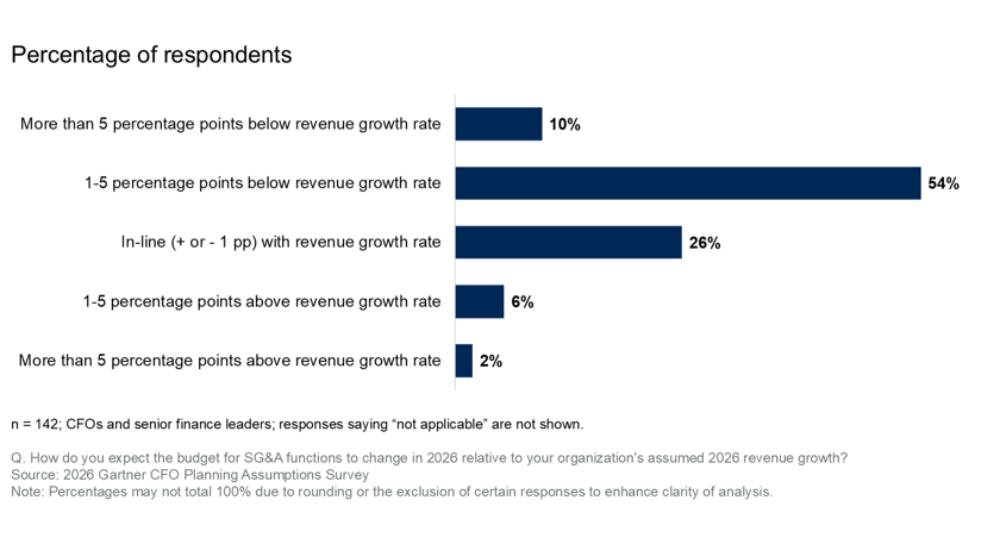The C-Suite and business leaders understand the value of technology and the benefits it can bring to their bottom line, but there is one key technological shift on the horizon that they can’t afford to ignore. Networking at the edge.
Over the next five years, organisations in every industry will experience change on an unprecedented scale as people, digital devices, smart technologies, and an ever-expanding network come together to transform commerce, work, education, healthcare, recreation, and more. The path to 2025 will spawn new customer-centric businesses, enable entire new industries and reinvent existing ones, challenge us to adapt and evolve, and facilitate greater access, equity, and inclusion across every aspect of society, this is the potential of the Edge.
We define the Edge as the new experiences being enabled by edge technologies for customers, employees, students, patients, and any users of network services. Edge technologies allow the processing of data by devices at the edge of networks, which is where users and devices are.
The opportunity at the Edge is driven by many things, including smart applications powered by artificial intelligence and machine learning, mobile devices, Internet of Things technologies, data analysis, next-generation Wi-Fi, 5G communications, and edge-to-cloud computing.
The new edge network combines AI, ML, and automation to continuously learn, predict, and adapt to changes, needs, and threats in real time. The new edge network utilises technologies and software to make sense of the resulting insights, enabling businesses to act and respond, optimising the experience for the customer or user wherever they are. Pushing intelligence out to the edge will drive change in the design of our products, services, processes, and organisations, and transform how decisions get made, giving greater autonomy to the devices at the edge.
Edge-based strategies are driving five critical shifts shaping the future of business and work over the next five years:
- User empowerment. The technologies are enabling a fundamental redesign of the user experience, be they customer, student, patient, or employee, giving users the tools to define what they want, how they want it, and even how they want to pay for it.
- Transformational leadership. The scalability and rapid capability enhancements of exponentially advancing technologies such as AI, ML, IoT, and cloud computing are enabling leaders to pursue and deliver experiments to drive 2x to 10x greater improvements across their businesses.
- The Pursuit of digital innovation and excellence. The increasingly central role of digital technologies demands that we raise digital literacy across the organisation and prioritise the rapid evolution of our digital capability to accelerate the adoption of a digital mindset and speed up the creation of digitally based products and services based on insights generated from data collected.
- Embracing and embedding smart. The Edge is helping organisations embrace the true power of smart devices to deliver mass customisation and deep personalisation of a range of user experiences. Rapid advancements in AI and ML are enabling the establishment of smart spaces and creating the opportunity for smart personalisation, adaptation, and continuous learning in the applications offered to users.
- Emergence of new businesses and industry sectors at the Edge. The focus on solutions tailored to customer needs is driving opportunities from the creation of new businesses to the birth of new trillion-dollar industry sectors.
Call to action
Capturing the Edge opportunity requires radical shifts in strategic thinking, an investment in developing deep digital experiences, experimentation with new business and revenue models, and evolution of the IT function. This change needs to be owned and driven from the C-suite. Such initiatives clearly require a vision, defined goals, and a robust delivery plan. However, before an organisation can start to articulate these, most need to go through a preparatory phase to ensure they are ready to embark on a transformation of this scale.
Seven key enablers of that preparatory process are identified below:
- Leadership awareness. The starting point is rapid immersion in the top team to ensure they understand the opportunity, are aware of the associated risks, know what it takes to succeed, can prioritise what’s to be done, and maintain a clear dialogue with all stakeholders.
- Open and flexible technology options. Ensuring the adoption of open, agile, and secure technology choices that allow teams to pursue future options that may not have been considered initially.
- IT alignment. Making sure the IT function can lead and deliver the journey to the edge and has the capabilities to manage the demands, security challenges, and risks of an edge-based technology ecosystem.
- Mindset and digital literacy. Driving organisation-wide awareness of the shifts taking place in the marketplace and the new business paradigms being pursued, and building high levels of digital literacy and capability to deliver on the opportunity.
- User dialogue. Understanding expectations and concerns to ensure solutions genuinely meet the requirements of their intended users.
- Business case and investment funding. The true potential of the opportunity at the Edge will only reveal itself once solutions are in the field, the business case and investment funding strategy need to evolve in line with the evidence from the projects delivered.
- Focused project approach. The pilot projects and experiments undertaken should be meaningful, should have clear goals, leadership, and dedicated resources, and should be delivered rapidly to ensure business focus, with rapid sharing of lessons learned to drive subsequent projects.
The opportunity at the Edge represents a new way of conceiving business. Although it may seem that the concept is in its infancy, the nature of competition and the exponential rate of advancement in the underlying technologies mean that the pace of adoption will accelerate. This will lead in turn to transformational shifts in the experiences created and the business and revenue models adopted across every sector. For the C-suite, the call to action is clear. The only question is: how quickly can you respond to start building the future?
Key takeaways
- Over the next five years, organisations in every industry will experience change on an unprecedented scale.
- The new edge network combines AI, ML, and automation to continuously learn, predict, and adapt to changes.
- The opportunity at the Edge represents a new way of conceiving business.
- Capturing the Edge opportunity requires radical shifts in strategic thinking.




